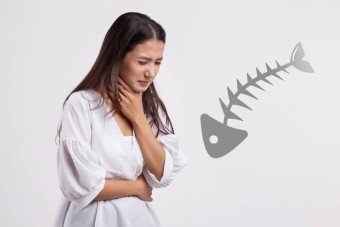
Hazardous substances in our surroundings are unavoidable. Poisons can be swallowed, inhaled, absorbed through the skin or splashed into the eyes. Exposure to even small amounts of such substances – which may be tasteless or odorless, in the state of solid, liquid or gas, can be detrimental to health or even fatal.
Food Poisoning Symptoms
Symptoms of food poisoning include breathing difficulty, shock, mental confusion, convulsion, dilated or constricted pupils, nausea, vomiting or diarrhea, foaming at the mouth and heavy sweating.
Common Sources of Poisoning
Common sources of poisoning include alcohol, food, medicine, toxic gas, dangerous chemicals, lead, pesticides, poisonous plants or fungi, rat poisons, etc.
First Aid
Call 999 immediately or go to the nearest Urgent Care Clinic.
- Swallowed harmful substances
- Keep the airway clear.
- Bring samples of the vomit and the suspected poisoning substance with its containers to the hospital. This helps doctors to identify the source of poisoning and provide suitable treatment.
- Inhaled poisonous gas
- Ensure personal safety before entering the scene.
- Open windows to facilitate air flow, move the patient to an open area and lay him or her on the ground.
- Perform cardiopulmonary resuscitation (CPR) if the patient stops breathing.
- Oxygenation will be used in hospital to prevent hypoxia.
- Absorbed poisonous substances through the skin
- Rinse the skin under running water for at least 15 minutes.
- Apply ice pack on the affected area.
- Do not scratch the affected area.


.jpg)


























